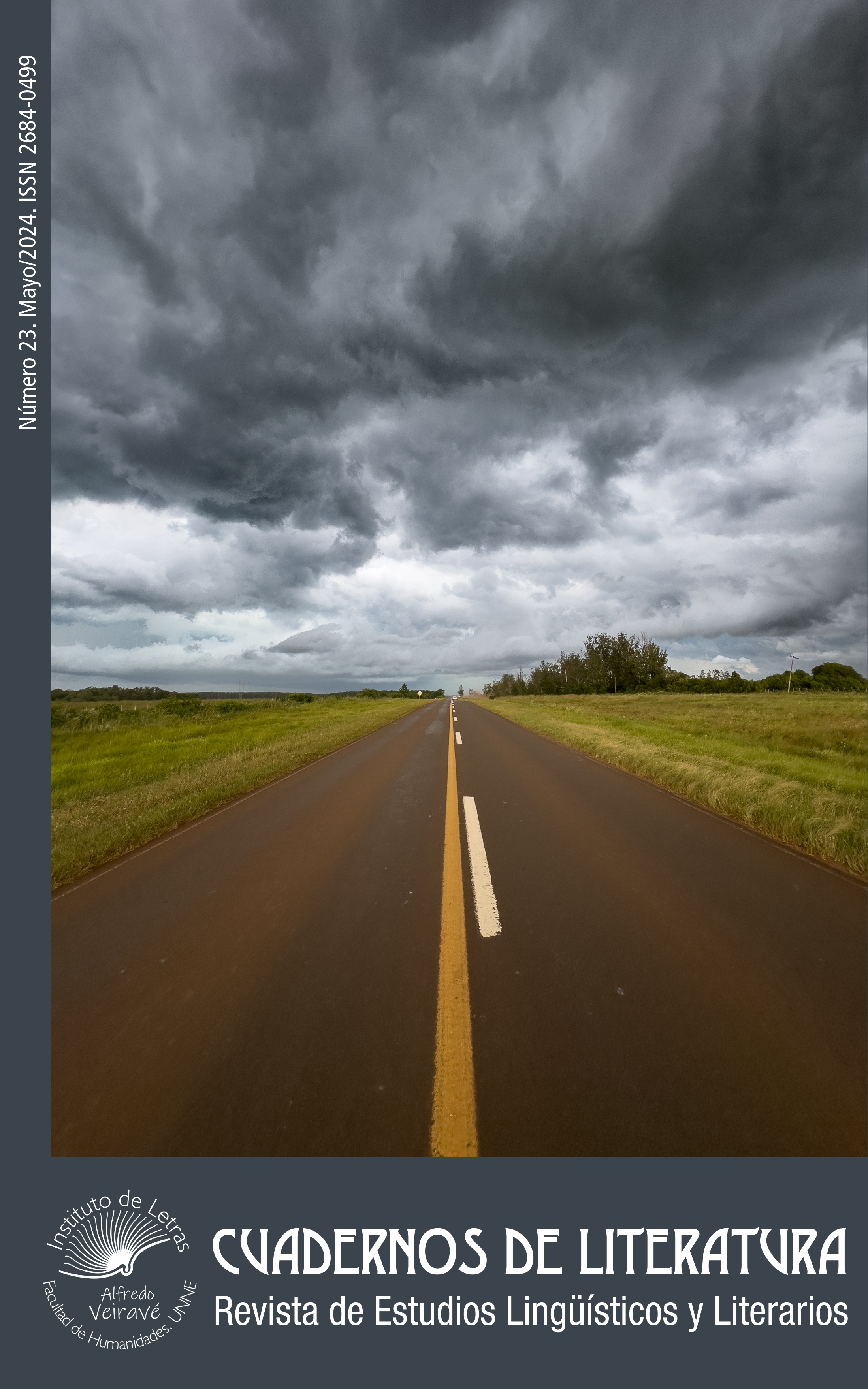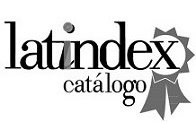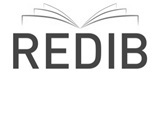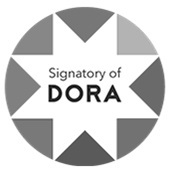Principios del diseño curricular AICLE
DOI:
https://doi.org/10.30972/clt.237530Palabras clave:
enseñanza bilingüe, enfoque AICLE, planificación curricular, diseño de materiales, inclusión educativa, colaboraciónResumen
Desde la implantación del enfoque AICLE en el mundo de la enseñanza bilingüe, los docentes se vienen enfrentando a numerosos desafíos. La escasez de materiales que adopten un enfoque integrado de contenido y lengua y la falta de atención a la diversidad en el aula bilingüe a través del diseño curricular son dos de los retos que se analizan en este artículo. Como resultado, numerosos estudios han demostrado que el uso de materiales auténticos o adaptados no sólo favorece un aprendizaje más activo en contextos reales, sino que también posibilitan atender a las necesidades e intereses de los estudiantes, dando lugar a una enseñanza inclusiva. Además, la colaboración entre docentes AICLE se considera uno de los ingredientes principales para el éxito del enfoque.
Citas
Anderson, Lorin y Krathwohl, David. (2001). A taxonomy for learning, teaching and assessing: a revision of Bloom's educational objectives. New York, Longman.
Anderson, Jason. (2023). Translanguaging in the ELT classroom. Modern English Teacher, (32)2, 46-50. https://bitly.ws/3ihz7
Ball, Phil. (2018). Innovations and Challenges in CLIL Materials Design. Theory Into Practice, 57(3), 222-231. https://doi.org/10.1080/00405841.2018.1484036 DOI: https://doi.org/10.1080/00405841.2018.1484036
Ball, Phil; Keith, Kelly y Clegg, John. (2015). Putting CLIL into Practice. Oxford, Oxford University Press.
Banegas, Darío Luis. (2018). Learning subject-specific content through ESP in a Geography-teaching programme: An action research story in Argentina. English for Specific Purposes, 50, 1-13. https://doi.org/10.1016/j.esp.2017.11.001 DOI: https://doi.org/10.1016/j.esp.2017.11.001
Banegas, Darío Luis. (2022). Research into practice: CLIL in South America. Language Teaching, 55(3), 379-391. https://doi.org/10.1017/S0261444820000622 DOI: https://doi.org/10.1017/S0261444820000622
Banegas, Darío Luis y Hemmi, Chantal (eds.). (2021). CLIL: Present and future. En International perspectives on CLIL (pp. 281-295). Switzerland, Palgrave Macmillan. https://doi.org/10.1007/978-3-030-70095-9_14 DOI: https://doi.org/10.1007/978-3-030-70095-9_14
Banegas, Darío Luis y Lauze, Cristina. (2020). CLIL and comprehensive sexual education: A case of innovation from Argentina. Profile, 22(2), 199-209. https://bitly.ws/3ihAu DOI: https://doi.org/10.15446/profile.v22n2.80528
Basse, Rachel y Pascual Peña, Iranzu. (2020). Does AfL promote discussion in CLIL classrooms? Exploring AfL techniques and their effect on classroom communication. En deBoer, Mark y Leontjev, Dmitri (eds.), Assessment and Learning in Content and Language Integrated Learning (CLIL) Classrooms: Approaches and conceptualisations (pp. 189-204). Switzerland, Springer Nature. https://doi.org/10.1007/978-3-030-54128-6_8 DOI: https://doi.org/10.1007/978-3-030-54128-6_8
Bauler, Clara y Kang, Emily (2020). Elementary ESOL and content teachers’ resilient co-teaching practices: A long-term analysis. International Multilingual Research Journal, 14(4), 338-354. https://doi.org/10.1080/19313152.2020.1747163 DOI: https://doi.org/10.1080/19313152.2020.1747163
Bloom, Benjamin. (1956). Taxonomy of educational objectives. Michigan, Longman.
Chidananda, A. L. (2019). Understanding Disciplines and School Subjects. Karnataka, Mangalore University.
Coxhead, Averil. (2017). Academic vocabulary in teacher talk: Challenges and opportunities for pedagogy. Academic Language in a Nordic Setting, 9(3), 29-44. https://doi.org/10.5617/osla.5845 DOI: https://doi.org/10.5617/osla.5845
Cummins, Jim. (2008). BICS and CALP: Empirical and Theoretical Status of the Distinction. En Hornberger, Nancy (ed.), Encyclopaedia of Language and Education (pp. 487-499). Boston, Springer. https://doi.org/10.1007/978-0-387-30424-3_36 DOI: https://doi.org/10.1007/978-0-387-30424-3_36
Erasmus+. (2024). CLIL for All: Attention to Diversity in Bilingual Education. European Commission. https://bitly.ws/3ihPs
Escobar Urmeneta, Cristina. (2020). Coteaching in CLIL in Catalonia. CLIL Journal of Innovation and Research in Plurilingual and Pluricultural Education, 3(2), 37-55. https://doi.org/10.5565/rev/clil.54 DOI: https://doi.org/10.5565/rev/clil.54
Fazzi, Fabiana y Lasagabaster, David. (2020). Learning beyond the classroom: students’ attitudes towards the integration of CLIL and museum-based pedagogies. Innovation in Language Learning and Teaching, 15(2), 156-168. https://doi.org/10.1080/17501229.2020.1714630 DOI: https://doi.org/10.1080/17501229.2020.1714630
Ferrando, Ernesto. (2019). La enseñanza de segundas lenguas mediante contenidos históricos: un modelo teórico-práctico para el diseño de materiales con el enfoque AICLE. LACLIL, 11(2), 275-307. https://doi.org/10.5294/laclil.2018.11.2.5 DOI: https://doi.org/10.5294/laclil.2018.11.2.5
Francisco Déniz, Sergio David y Mallorquín, María Saray. (2021). Estudio sobre la metodología llevada a cabo en el aula AICLE en un centro educativo público de Tenerife. Tendencias Pedagógicas, 38, 148-159. https://doi.org/10.15366/tp2021.38.013 DOI: https://doi.org/10.15366/tp2021.38.013
Frigols Martín, María Jesús; Marsh, David; Mehisto, Peeter y Wolff, Dieter. (2011). European Framework for CLIL teacher education. Strasbourg, Council of Europe Publishing. https://bitly.ws/3ihEv DOI: https://doi.org/10.1017/S0261444811000243
Garzón-Díaz, Edgar. (2021). From cultural awareness to scientific citizenship: Implementing content and language integrated learning projects to connect environmental science and English in a state school in Colombia. International Journal of Bilingual Education and Bilingualism, 24(2), 242-259. https://doi.org/10.1080/13670050.2018.1456512 DOI: https://doi.org/10.1080/13670050.2018.1456512
Giles, Amanda y Yazan, Bedrettin. (2020). ‘You’re not an island’: A middle grades language arts teacher’s changed perceptions in ESL and content teachers’ collaboration. RMLE Online, 43(3), 1-15. https://doi.org/10.1080/19404476.2020.1724045 DOI: https://doi.org/10.1080/19404476.2020.1724045
González, Gladys Marta Elena; Díaz, Diana Raquel y León, Elba Consuelo. (2021). A CLIL Curriculum Design for Future Professionals of Hospitality and Tourism Management. Latin American Journal of Content & Language Integrated Learning, 15(1), e1513. https://doi.org/10.5294/laclil.2022.15.1.3 DOI: https://doi.org/10.5294/laclil.2022.15.1.3
Hahn, Stephanie. (2019). The problem with materials in CLIL: Needs and perspectives of Austrian CLIL history teachers. CELTMatters, 3, 17-24.
Hasenberger, Thomas. (2018). “The science of it …”: designing and teaching a CLIL curriculum. CELTMatters, 2, 11-18. https://bitly.ws/3ihF9
Hutchinson, Caroline. (2022). Images of the Past: Teaching CLIL History and Critical Thinking through Visual Texts. The Journal of the Japan CLIL Pedagogy Association (J-CLIL), 4, 60-73.
Ikeda, Makoto. (2019). The maximisation of learning in CLIL by transregister and translanguaging. Diversity in CLIL in Plurilingual Communities of Practice. SlideShare. https://bitly.ws/3ihFD
Ikeda, Makoto; Izumi, Shinichi; Watanabe, Yoshinori; Pinner, Richard y Davis, Matthew. (2021). Soft CLIL and English language teaching: Understanding Japanese Policy, Practice and Implications. Londres, Routledge. https://doi.org/10.4324/9780429032332 DOI: https://doi.org/10.4324/9780429032332
Karabassova, Laura. (2018). Teachers’ conceptualization of content and language integrated learning (CLIL): Evidence from a trilingual context. International Journal of Bilingual Education and Bilingualism, 25(3), 787-799. https://doi.org/10.1080/13670050.2018.1550048 DOI: https://doi.org/10.1080/13670050.2018.1550048
Karabassova, Laura y Oralbayeva, Nurziya. (2023). CLIL Materials: From theory to practice. En Banegas, Darío Luis y Zappa-Hollman, Sandra (eds.), The Routledge Handbook of Content and Language Integrated Learning (pp. 328-340). London, Rouledge. DOI: https://doi.org/10.4324/9781003173151-27
Kavanagh, Barry. (2022). Online CLIL During the COVID-19 Pandemic: Can it be a Replacement for the Face-to-Face Classroom?. The Journal of the Japan CLIL Pedagogy Association (J-CLIL): JJCLIL, 4, 125-143.
Keogh, Conor. (2017). Using WhatsApp to Create a Space of Language and Content for Students of International Relations. Latin American Journal of Content and Language Integrated Learning 10(1), 75-104. https://doi.org/10.5294/laclil.2017.10.1.4 DOI: https://doi.org/10.5294/laclil.2017.10.1.4
Lazarević, Nina. (2019). CLIL teachers’ reflections and attitudes: Surviving at the deep end. Journal of Bilingual Education and Bilingualism, 25(2), 571-584. https://doi.org/10.1080/13670050.2019.1703897 DOI: https://doi.org/10.1080/13670050.2019.1703897
Lo, Yuen Yi. (2019). Development of the beliefs and language awareness of content subject teachers in CLIL: Does professional development help? International Journal of Bilingual Education and Bilingualism, 22(7), 818-832. https://doi.org/10.1080/13670050.2017.1318821 DOI: https://doi.org/10.1080/13670050.2017.1318821
Lopriore, Lucilla. (30 de mayo de 2014). CLIL: una lingua franca. La ricerca. https://bitly.ws/3ihIw
Mahan, Karin Rose. (2020). The comprehending teacher: Scaffolding in content and language integrated learning (CLIL). Language Learning Journal, 50(1), 74-88. https://doi.org/10.1080/09571736.2019.1705879 DOI: https://doi.org/10.1080/09571736.2019.1705879
Marongiu, Maria Antonietta. (2019). Teaching Materials and CLIL Teaching. Linguæ &. Rivista di lingue e culture moderne, 18(2), 81-104. https://doi.org/10.7358/lcm-2019-002-maro DOI: https://doi.org/10.7358/lcm-2019-002-maro
Mehisto, Peeter. (2012). Criteria for producing CLIL learning material. Encuentro: revista de investigación e innovación en la clase de idiomas, 21, 15-33.
Morton, Tom. (2020). Cognitive Discourse Functions: A Bridge between Content, Literacy and Language for Teaching and Assessment in CLIL. CLIL Journal of Innovation and Research in Plurilingual and Pluricultural Education, 3(1), 7-17. https://doi.org/10.5565/rev/clil.33 DOI: https://doi.org/10.5565/rev/clil.33
Nguyen, Minh Hue y Dang, Thi Kim. (2021). Exploring teachers’ relational agency in content–language teacher collaboration in secondary science education in Australia. The Australian Educational Researcher, 48, 1-18. https://doi.org/10.1007/s13384-020-00413-9 DOI: https://doi.org/10.1007/s13384-020-00413-9
Okuno, Yukiko. (2018). Nihongokyōshi no tame no CLIL (naiyō gengo tōgōgata gakushū) nyūmon [Introduction to CLIL for Japanese Language Teachers]. Japón, Bonjinsha.
Ornia Noriega, Andrea; Fernández Costales, Alberto y Herce Sánchez, Fernando. (2024). Una rúbrica para analizar libros de texto AICLE en Educación Primaria. Porta Linguarum Revista Interuniversitaria De Didáctica De Las Lenguas Extranjeras, (41), 259-277. https://doi.org/10.30827/portalin.vi41.27547 DOI: https://doi.org/10.30827/portalin.vi41.27547
Pérez Cañado, María Luisa y Siepmann, Philipp. (2022). Catering to Diversity in CLIL. Designing Inclusive Learning Spaces with ADiBE Digital Materials. Anglistik, (33)1, 203-222. https://doi.org/10.33675/ANGL/2022/1/16 DOI: https://doi.org/10.33675/ANGL/2022/1/16
Pham, Phuong Anh y Unaldi, Aylin. (2022). Cross-curricular collaboration in a CLIL bilingual context: the perceptions and practices of language teachers and content subject teachers. International Journal of Bilingual Education and Bilingualism, 25(8), 2918-2932. https://doi.org/10.1080/13670050.2021.1995320 DOI: https://doi.org/10.1080/13670050.2021.1995320
Prats, Joaquim y Santacana, Joan. (2011). Didáctica de la Geografía y la Historia. Barcelona, Editorial Grao.
Roomy, Andrew. (2022). A Lesson on Athleisure: An exercise in CLIL curriculum design. The Journal of the Japan CLIL Pedagogy Association (J-CLIL), 25-40.
Sánchez, María del Mar y Salaberri, María S. (2018). Planning CLIL units in primary education from a cognitive perspective. Revista de Estudios Ingleses Odisea, (19), 7-24. https://doi.org/10.25115/odisea.v0i19.1892 DOI: https://doi.org/10.25115/odisea.v0i19.1892
Savinykh, Anna. (2021). Framework for CLIL materials for Russian heritage. International Journal of Multilingual Education, (18), 1-34. https://doi.org/10.22333/ijme.2021.18001 DOI: https://doi.org/10.22333/ijme.2021.18001
Stein, Nikki. (2017). Language in schools. En Basic Education Rights Handbook (pp. 204-217). SECTION27, Johannesburg.
Turner, Marianne y Fielding, Ruth. (2020). CLIL Teacher training and teachers’ choices: exploring planned language use in the Australian context. Language, Culture and Curriculum, 34(3), 224-241. https://doi.org/10.1080/07908318.2020.1792920 DOI: https://doi.org/10.1080/07908318.2020.1792920
Villabona, Nerea y Cenoz, Jasone. (2022). The integration of content and language in CLIL: a challenge for content-driven and language-driven teachers. Language, Language and Curriculum, 35(1), 36-50. https://doi.org/10.1080/07908318.2021.1910703 DOI: https://doi.org/10.1080/07908318.2021.1910703
Yokono, Narumi. (2021). Using project-based CLIL and social media to contribute to local tourism: Integrating content, language, and technology. The Journal of the Japan CLIL Pedagogical Association (JJCLIL), 31-49.









52.jpg)









